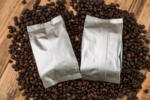Are you a coffee lover looking to learn more about the origins of your favorite beverage? Or curious as to why Hawaiian coffee is so sought after? In this blog post, we’ll explore the story of Hawaiian coffee and how it has become one of the most beloved coffees in the world.
Introduction to Hawaiian Coffee
Hawaiian coffee has since become a world-renowned type of coffee, thanks to its unique flavor and aroma. It is renowned for its smoothness, low acidity and complexity. The Hawaiian climate, with its warm days and cool nights, is perfect for growing high-quality Arabica beans.
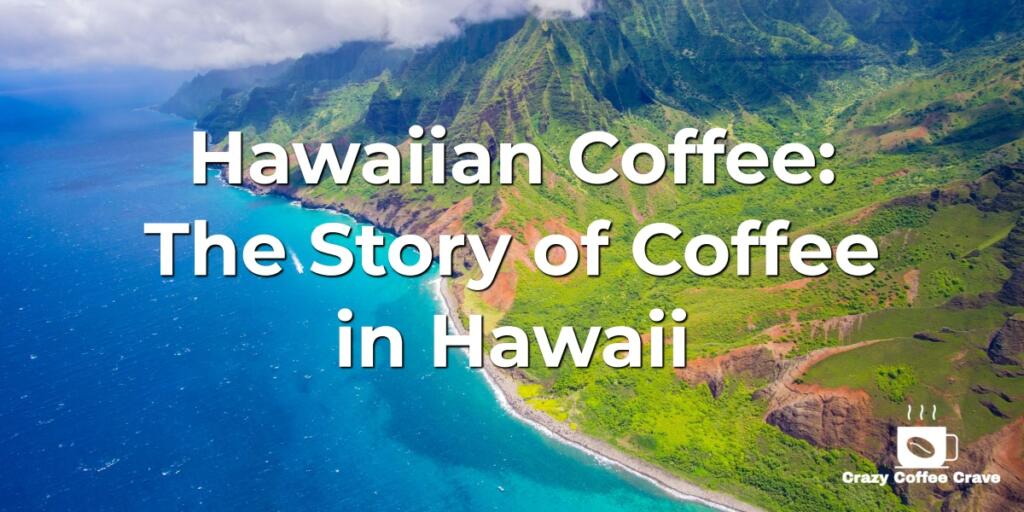
Coffee farming in Hawaii started in the early 1800s when Rev. Samuel Ruggles, from Brazil brought Arabica cuttings to the Big Island of Hawaii. Since then, coffee production has grown steadily due to the ideal environment provided by the islands’ tropical weather conditions and volcanic soil.
Hawaii’s distinct geography also contributes to the flavor of Hawaiian coffee by providing each region with different levels of sunlight, rainfall and temperature that create unique flavor profiles within each type of bean produced there.
Kona Coffee produces a bright yet smooth cup with notes of cocoa and honey; Kauai Coffee offers hints of citrusy fruits; Maui Mokka boasts a rich smoky taste; Molokai Ka’u exhibits a mild nutty flavor; and Molokai Peaberry offers sweet berry notes along with floral aromas.
Today Hawaiian Coffee is appreciated all over the world for its special characteristics.
Hawaii is the only state in the US that grows coffee on a commercial scale. However, Hawaiian coffee is not a famous specialty in coffee shops. According to a Hawaiian-based coffee expert, Shawn Steiman’ “Hawaii grows amazing coffee. Not all coffee is great, however. Farmers think it is special because it is costly, but most coffee is not very good.”
The history of coffee in Hawaii

Coffee was first brought to the Kona region of the Big Island in 1813. Toward the end of the 1800s, merchant Henry Nicholas Greenwell established the region as an internationally recognized brand.
Juli Burden, a researcher at the Hawaiian Agriculture Research Center (HARC) on Oahu, until the 1970s, the coffee in Kona was the best compared to what everyone else was producing. Burden further says the Japanese who moved to this region had access to clean water and other facilities that were not present in other parts. This favoring condition enabled them to produce the best coffee.
In the ’70s and ’80s, attitudes towards coffee quality started to shift due to the rise of the “third wave coffee.” Starbucks and the Specialty Coffee Association led to the rise in commercial access to Kona. However, despite the attitude toward coffee quality leading to a rise in commercial success for Kona, a fraction of Kona producers was satisfied with cashing in the region’s brand name.
Steiman further says Kona developed a reputation for over ninety years and that there is nothing inherently special about Kona. It is just a place. The Coffee in Kona does not have a unique taste characteristic.

Many framers produce coffee for tourists and coffee blenders. According to R. Miguel Meza, 30% of the coffee produced in Kona stays on the island for consumption by tourists. More than half of coffee beans are sold to Kona blends. Only 10% comes from Kona.
Further, Meza says you can hardly feel the 10% when you taste the Kona. The taste is affected by the 90% blends, but you cannot eliminate the blends. The market cannot support the eight hundred growers selling one hundred percent Kona coffee.
Initially, sugarcane was the leading cash crop in Hawaii until the ’80s and ’90s. Sugarcane could no longer do well on the hilly volcanic landscape. Kone became a suitable alternative to most farmers and spread beyond the Kona region.
By 1990, over 2.8 million pounds of coffee were produced. By 1999, the production hit 10 million pounds. A decline was, however, registered in 2016, when 7.8 million pounds were produced.
Hawaii produces an estimated 0.04% of the world’s coffee. It is one of the reasons why Hawaiian coffee is not common on the mainland. Growing coffee is damn expensive in Hawaii. The average price for green (unroasted coffee) beans is around $1.50 per pound. For Hawaii’s specialty, it costs over $10.
Coffee growing in Hawaii
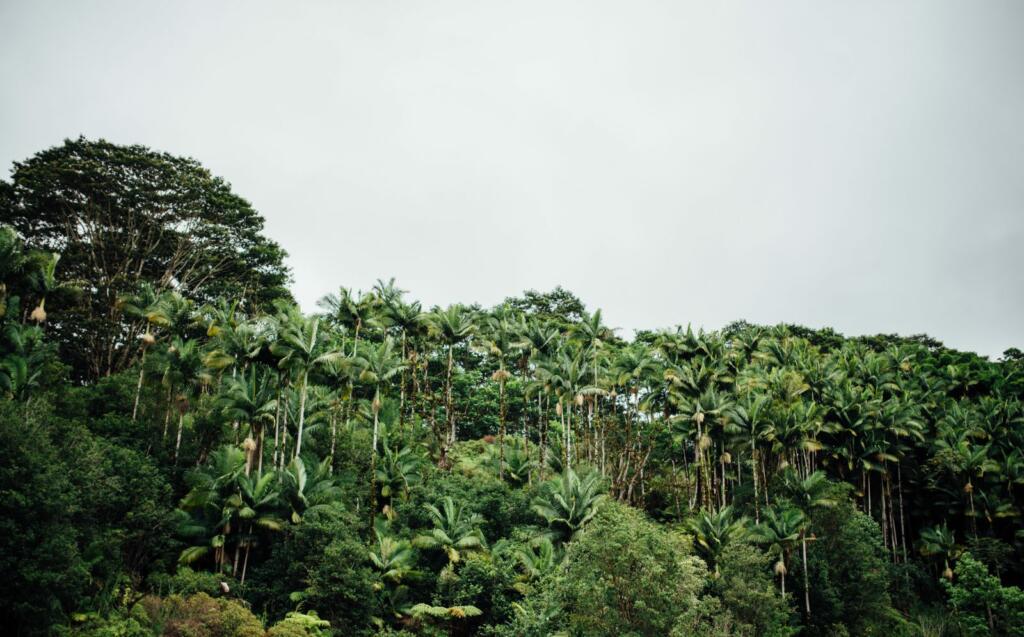
“Hawaii coffee is expensive not because of its taste but because mechanization is impossible. The hilly landscapes of Kona make mechanization impossible”, said Steiman. According to a study by the University of Hawaii at Manoa, labor makes up 40% of operating costs. Coffee pickers in Hawaii are paid a minimum wage of $9.25 per hour.
The coffee borer beetle (CBB) first hit the Big Island in 2010. The pest had infested many coffee-growing regions, but it adversely affected production in Hawaii. Some framers reported up to a 35% decline in yields. The farm manager of the Waialua Estate, Oahu, described it as the worst bug in 42 years. Kauai remains the only uninfected coffee-growing region.
Proper sanitation is one of the best controls for the CBB. Cleaning leftover berries. For farms where berries are mechanically harvested, many are bound to be left on the ground. Farmers may also spray natural fungus, which is effective but very expensive.
Hawaiian coffee becomes harder for buyers and roasters on the mainland when the prices go up. Jonathan Withers of Toby’s Estate Coffee Roasters explains, “the value-to-price ratio is extremely poor for specialty buyers. Specialty coffee is only eighty-point coffee, the minimum qualifications.
Coffee above is extremely rare and relies on successful experiments, rarest cultivars, et cetera. However, for the price of a relatively rare eighty-four Hawaiian coffee, which is perfect for blends, you can get hundreds of Colombia coffees cupping an eighty-seven.”
Quality of the coffee in Hawaii
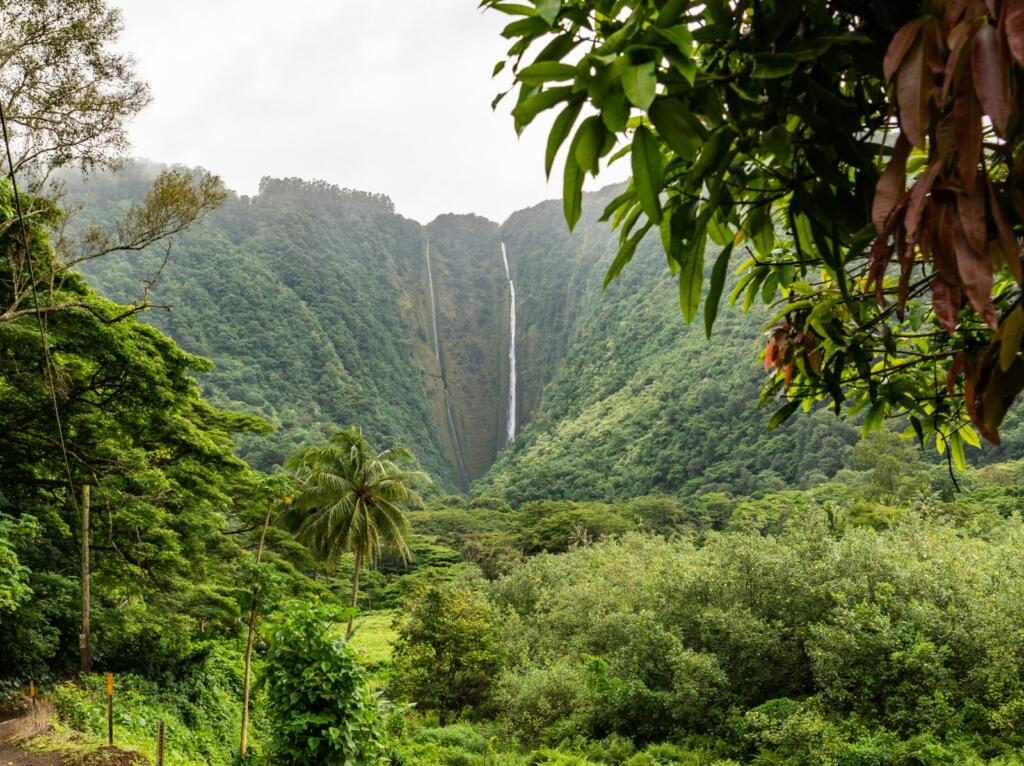
Hawaii can produce exceptional coffee. In 2008, Meza worked for Hula Daddy and helped create Kona Sweet, which scored 97 in the coffee review. It is the highest score the guide has given on any coffee.
In 2012, prominent coffee roaster Blue Bottle began carrying coffee from Rusty’s Hawaiian in Pahala. In 2013, Brandon Von Damitz and Kelleigh Stewart, a couple behind the Big Island Coffee Roasters, won a statewide coffee cupping contest with their Pink Bourbon variety.
Many researchers in the HARC have been growing a hybrid Red and Yellow Bourbon and pink Bourbon to provide farmers with high-quality. In addition, the varieties are more marketable and disease resistant. Kona Typica is the commonest variety grown in Kona and originated from Guatemala.
HARC special cultivars show how more farmers want to produce more coffee besides Kona Typica. In addition, the coffee will be more resistant to hemiplegia vastatrix (coffee rust). The disease appears as yellow spots on the stem and leaves, thus affecting photosynthesis and runs productivity. While coffee rust has not reached Hawaii, Burden believes it will negatively impact the cash crop.
HARC research shows that growing coffee under the shade of Koa trees, an endemic species in Hawaii, benefits specialty growers. It is a nitrogen fixer, thus reducing the cost of fertilizer for farmers. In addition, the shade keeps the coffee plant cool, which increases cupping quality.
Koa tree matures very fast and can be harvested for timber. Its sale may boost a farmer in their operations. In addition, koa is used for furniture and instrument manufacture. Taylor guitars pay up to $300 000 for a mature Koa tree, which is a great value.
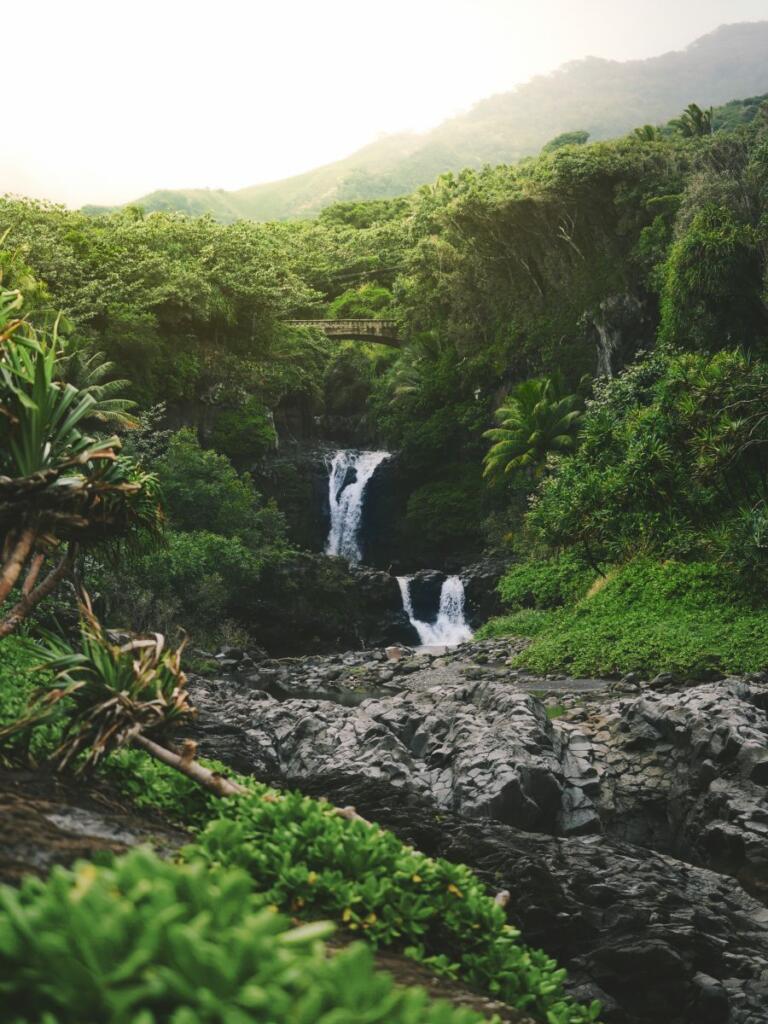
When Damitz and his wife, Kelleigh Stewart, moved to Big Island, they knew nothing about coffee farming. They learned through YouTube and Google searches. They first met some resistance from the Hawaii coffee community.
They are now considered great resources by other growers. For example, their ward in 2013 enabled them to acquire a USDA grant to purchase a coffee grading machine. They give it to fellow farmers free of charge.
Stewart is also a board member of the Hawaiian Coffee Association, which tries to refocus on educating members on better farming methods and processing. So, is specialty growing the way for hawaiian coffee to evolve? Some farmers agree, but it is only a small fraction of the coffee industry.
“More framers have more interest in producing geeky coffee than before. The industry will grow if more people with money buy the farms.” Said Stewart. Increased storytelling by roasters and baristas will make the difference in geeky coffee.
Facts about Hawaiian coffee
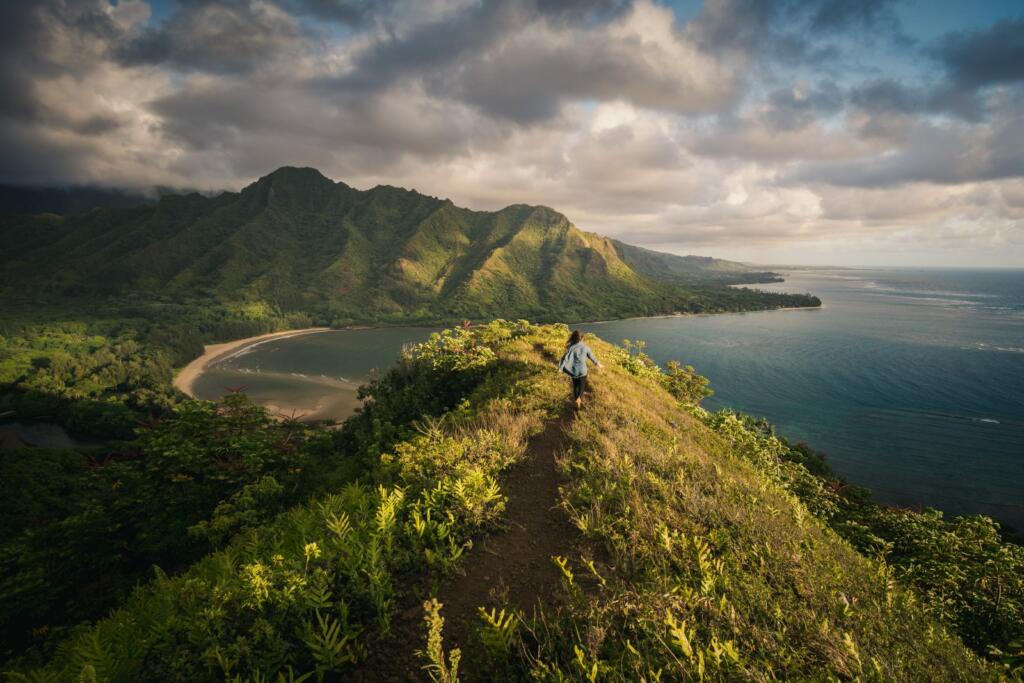
hawaiian coffee is quite delicious. Due to the high labor costs, coffee producers grow only the highest quality coffee, which fetches high prices.
What are the best coffees from Hawaii?
The magic is in the soil.
The volcanic soil on Hawaii islands is rich in many minerals that encourage coffee growing. In addition, there is a perfect balance of sun, rain, low winds, and mild nights which are optimal conditions for coffee production.
Coffee grown at higher elevations is more flavored and tastier than one grown at lower elevations. For example, some coffee from Hawaii is mild in taste and has acidity.
Hawaiian coffee tasting notes:
For a cup of Kona coffee, expect to taste brown sugar, milk, honey, chocolate, and a bright fruit flavor. Coffees are bright, clean, and crisp. They are also smooth with a slightly syrupy body.
Other coffees on the island may have bright petals like rose and fruit notes such as blackberry or orange or molasses-like sweetness.
A true tourist crops
The coffee industry would not have existed without fame or hype. Most coffee farms sell most of their coffee by selling to tourists on the island. As a result, tourists spend huge on the “Kona coffee experience.” Tourists spend between $30 and $50 for a pound of Kona Coffee.
It is very easy to visit farms in Hawaii for a perfect tour experience.
The current state of the coffee industry in Hawaii
Hawaii is the only coffee-producing state in the US. While California and Florida are trying to grow, the growing conditions are unfavorable. Hawaii’s conditions are natural.
Types of Hawaii coffee
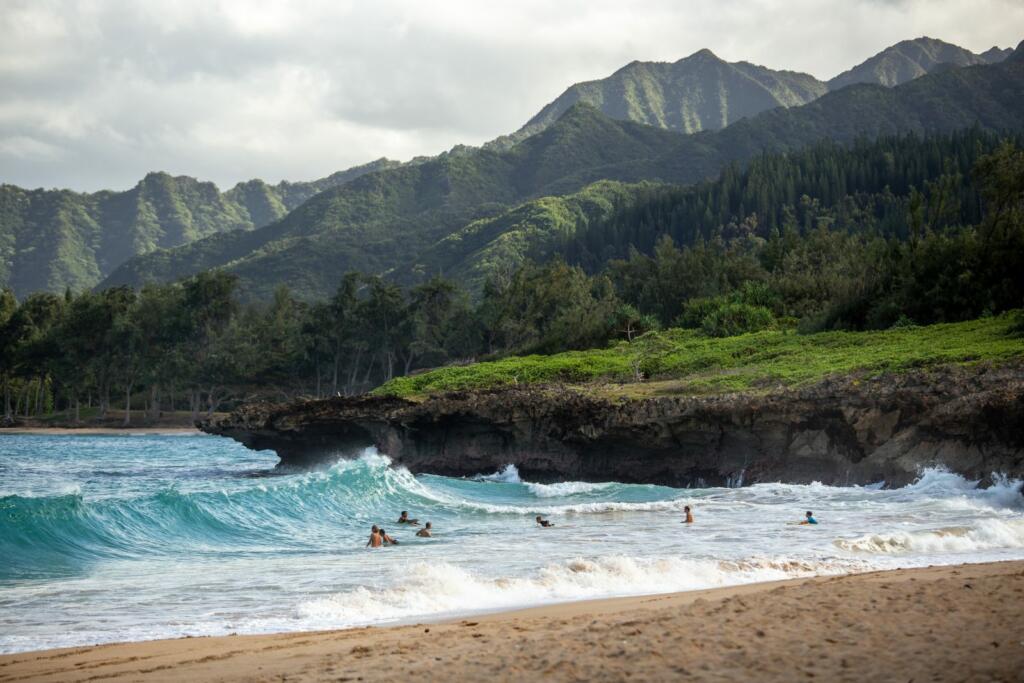
Enjoying the unique flavors of each island’s bean selection
In addition to Kona coffee, there are a plethora of different Hawaiian coffee blends available. From the smooth and sweet Maui Mokka to the earthy flavors of Kauai Coffee, there is something for everyone.
Each island has its own unique selection of beans that are harvested and roasted to perfection by local farmers who work hard to ensure that the best beans are used in each blend. By exploring these different coffees, you can get a true taste of the Hawaiian Islands and enjoy a cup that is truly unique.
Kona Coffee
It is grown on over 600 independent farms and within the borders of North and South Kona on the Big Island of Hawaii. Kona coffee has an aromatic flavor and accounts for over half of coffee produced in Hawaii. It is commonly used in making blends. Coffee lovers consider 100% Kona coffee ideal, although some say it is very strong.
The Kona Coffee Farmers Association provides useful information on tours and tastings at their facilities. If you intend to visit the Hawaii islands, ensure you stay around for the Kona Coffee Cultural Festival every November.
Ka’u Coffee
Ka’u Coffee is grown on the slopes of Mauna Loa, above Pahala in Ka’u. It is the southernmost district of the Big Island of Hawaii. Ka’u coffee became a national phenomenon in 1996 with high placement in coffee tasting competitions. Its distinctive aroma, smooth taste, and floral bouquet are outstanding features.
You can purchase the Ka’u coffee at Hilo Coffee Mill on the Big Island.
Puna coffee
Puna Coffee is grown on the slopes of Mauna Loa. It is full-bodied and heavy with nutty overtones. It resembles mochas with its medium roast.
On the Big Island, you can purchase it at the local stores, markets, and the Hilo Coffee Mill.
Hamakua coffee
Hamakua Coffee grows on the slopes of Mauna Kea, North in the Hamakua District of Big Island.
It was introduced to the region in 2000 when thirteen farmers planted it on the farms originally owned by Hamakua Sugar Company. About 100-200 acres are harvested annually.
The Hamakua coffee is chocolaty-smooth and rich in flavor. You can buy in the local market, Hilo Coffee Mill, and farmers’ market on the Big Island.
Brewing the perfect cup of Kona or other Hawaiian coffee
When it comes to brewing the perfect cup of Kona or other Hawaiian coffee, there are a few key things to keep in mind. First, make sure you’re using freshly ground beans and that they’ve been stored properly. Freshly ground beans will release more flavor into your brew.
Also, be sure to use the right amount of water – too much can lead to a bitter taste while too little can make the brew weak.
Additionally, it’s important to choose the right brewing method for the type of bean you’re using – for instance, French press is great for bold flavors while pour-over is better for lighter roasts.
Finally, consider experimenting with different grind sizes and water temperatures until you find your perfect cup – everyone has different preferences!
Conclusion
Hawaiian Coffee: The Story of Coffee in Hawaii is a remarkable tale of the resilience and hard work that has gone into making the state one of the world’s most sought-after coffee destinations. Even today, coffee farmers on the islands continue to cultivate their beans with traditional methods and passion, which have resulted in high quality and unique flavors.
Although Kona Coffee is the most well-known bean, it isn’t the only one that can be found in Hawaii; other varieties such as Maui Mokka, Ka’u Estate Blend, Moloka’i Muleskinner and Kauai Red Catuai are also popular among coffee lovers.
Despite its long history, Hawaiian Coffee continues to grow in popularity as more people discover its unique qualities and taste. With strong roots in family traditions, this story will remain for generations to come.

Editorial Staff
The editorial staff at Crazy Coffee Crave is a team of coffee enthusiasts & Baristas who enjoy the one thing we all think about as soon as we get up in the morning. Trusted by thousands of readers worldwide.




